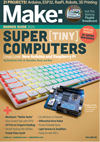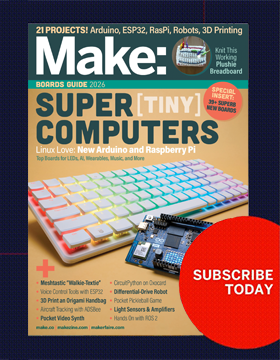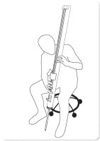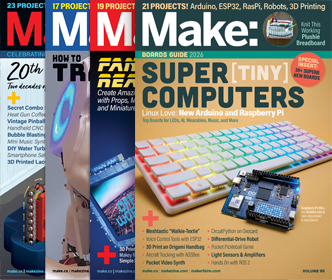Where 2.0: The Role of the First Spy Satellites
Ron Ondrejka gave an amazing presentation at Where 2.0. Ron was Project Photogrammetrist for the imaging and mapping systems on CORONA, LANYARD, and KH-9 “Big Bird” (MAPPER). 1960-1983. His presentation had early imaging satellites with emphasis on their contributions to mapping and targeting. They didn’t use computers for spacecraft or payload design of CORONA, for navigation and commands, or for the early years of producing maps. Link.







 TiVo announced the winners for its HME Developer Challenge contest today. The grand prize winner is AudioFaucet (nee iSee iTunes) and its author Kyle Copeland, who will be receiving a Segway for his work. AudioFaucet provides control over iTunes for people streaming music using an Airport Express (or a really long audio cable) using TiVo’s Home Media Engine platform.
TiVo announced the winners for its HME Developer Challenge contest today. The grand prize winner is AudioFaucet (nee iSee iTunes) and its author Kyle Copeland, who will be receiving a Segway for his work. AudioFaucet provides control over iTunes for people streaming music using an Airport Express (or a really long audio cable) using TiVo’s Home Media Engine platform. 
 Voice over IP is taking over the world and I also like the idea of calling for free… The problem I’ve experienced so far is the fact that you always have to use those cumbersome headsets. When it would be possible to use your standard phone for this application, the experience of VoIP would be much more like the real POTS (plain old telephone system).
Voice over IP is taking over the world and I also like the idea of calling for free… The problem I’ve experienced so far is the fact that you always have to use those cumbersome headsets. When it would be possible to use your standard phone for this application, the experience of VoIP would be much more like the real POTS (plain old telephone system). 
 Building String Thing: Laser Pointers and Vibrating Rods: What’s great about the String Thing is two-fold: first, it’s an ingenious design, and second, Ben rigorously documents how he did it, including some false starts. The steel rods are a “stroke” of genius: using magnets, the rods “vibrate” as you play them for physical feedback, while a sophisticated combination of laser pointers and webcams calculate your finger position. [
Building String Thing: Laser Pointers and Vibrating Rods: What’s great about the String Thing is two-fold: first, it’s an ingenious design, and second, Ben rigorously documents how he did it, including some false starts. The steel rods are a “stroke” of genius: using magnets, the rods “vibrate” as you play them for physical feedback, while a sophisticated combination of laser pointers and webcams calculate your finger position. [
 Following the release of the Google Maps API, we spent an hour or so and put together this map depicting Star Wars Imperial ATAT attack on Palo Alto. Yay for remixing.
Following the release of the Google Maps API, we spent an hour or so and put together this map depicting Star Wars Imperial ATAT attack on Palo Alto. Yay for remixing. 